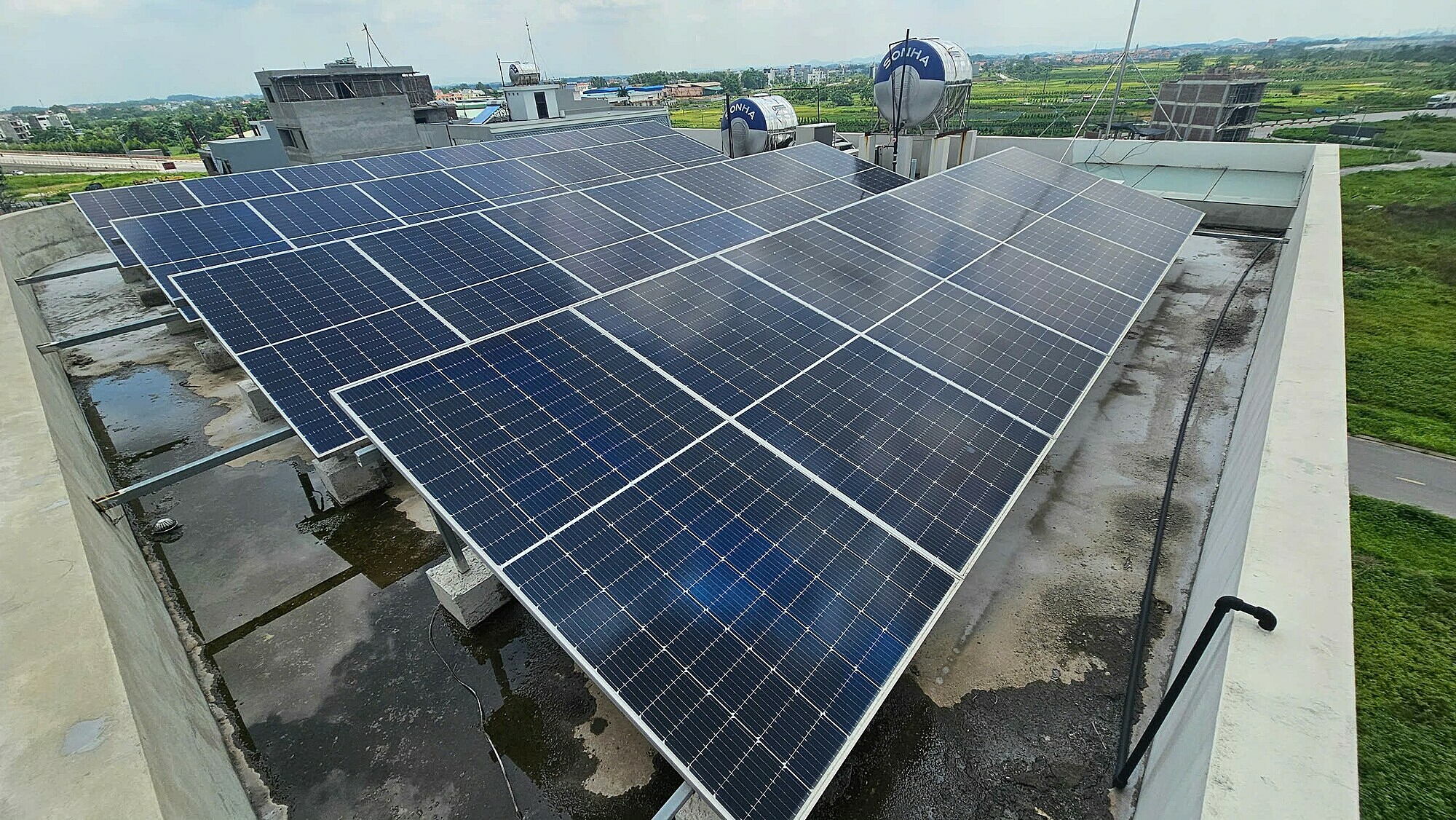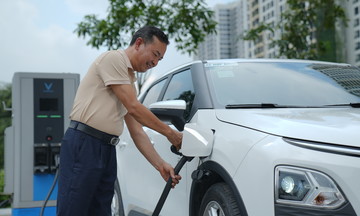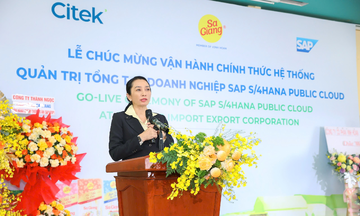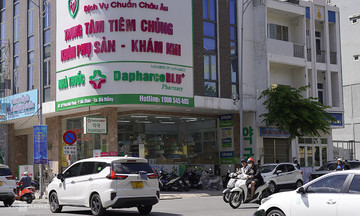In its feedback on the draft decision regarding self-produced, self-consumed rooftop solar power, the State Bank of Vietnam has proposed removing the provision for interest rate support on commercial loans for household solar systems. They argue that these households do not meet the criteria for preferential loans under Circular 39.
According to the State Bank, the Law on Credit Institutions allows banks and customers to negotiate loan interest rates based on supply and demand, needs, and creditworthiness. The agency also noted that while the interest rate support is intended to be funded by local budgets, its implementation through banks has encountered several practical obstacles and inefficiencies.
With a maximum loan of 35 million VND and an interest rate subsidy of about 2-2.5 million VND over three years, the State Bank believes the procedures for obtaining and verifying this support could deter potential borrowers. They cite the low disbursement rate of some previous interest rate support programs, such as the 40,000 billion VND package, where some eligible customers declined due to the administrative burden.
The State Bank suggests the Ministry of Industry and Trade explore alternative support mechanisms, such as subsidizing businesses involved in panel sales and installation, covering inspection costs, or incentivizing the sale of surplus electricity to the grid. They also recommend removing the requirement for them to "assign" lending institutions, as commercial banks have the autonomy to decline loans for ineffective or unqualified projects.
 |
Rooftop solar panels on a house in northern Vietnam, 6/2025. Photo: Phuong Anh |
Rooftop solar panels on a house in northern Vietnam, 6/2025. Photo: Phuong Anh
However, the Ministry of Industry and Trade maintained this incentive in its latest draft. Specifically, they propose a three-year interest rate subsidy for households installing rooftop solar, with a minimum of 4 million VND/kWp of installed capacity and 2 million VND/kWh of storage capacity.
The ministry explained that this financial support aims to boost rooftop solar adoption among households, targeting 50% by 2030, as per the adjusted Power Development Plan VIII. They believe the subsidy aligns with lending regulations for projects that improve living standards, similar to those outlined in Circular 39.
Regarding the State Bank's suggestion for alternative support mechanisms, the Ministry of Industry and Trade expressed concerns about the increased complexity and potential for reduced effectiveness.
The ministry has revised the draft, stipulating that banks will administer the interest rate subsidy. Banks and customers will negotiate short-term loan rates, not exceeding the maximum set by the State Bank – similar to other priority sectors under Circular 39.
The state subsidy for solar panel systems and battery energy storage systems (BESS) will be approved by commune-level People's Committees and disbursed to households. The State Bank's role will be to guide policy implementation and credit supervision, rather than directly assigning lending banks.
In addition to the interest rate subsidy, each household installing rooftop solar will receive a direct subsidy of 1-1.5 million VND, with an additional 1-1.5 million VND for including BESS.
Currently, the investment cost for rooftop solar is 12-15 million VND/kWp, or 60-150 million VND for 5-10 kWp systems, with a payback period of approximately five years. The Ministry of Finance has requested clarification from the Ministry of Industry and Trade on the basis for the proposed subsidy levels to ensure practicality and avoid mere formalities.
According to the Ministry of Industry and Trade, with a maximum subsidy of 3 million VND per household, the total budget could reach 42,000 billion VND between 2026 and 2030, averaging 8,400 billion VND annually (around 250 billion VND per province).
The ministry believes this cost is manageable within local budgets and will be factored into annual provincial budgets by the Ministry of Finance. "This support amount is the maximum; the actual amount will depend on local budget conditions and household demand," they added.
In return, the Ministry of Industry and Trade projects that if 14 million households install an average of 3 kWp, the output could exceed 50 billion kWh per year, equivalent to 16% of the national electricity demand in 2024. This distributed generation is expected to reduce transmission grid investment and operating costs, expenses from purchasing higher-priced electricity, and national net emissions. Households, especially those with high consumption in higher price tiers, will also benefit from reduced electricity bills.
Phuong Dung












